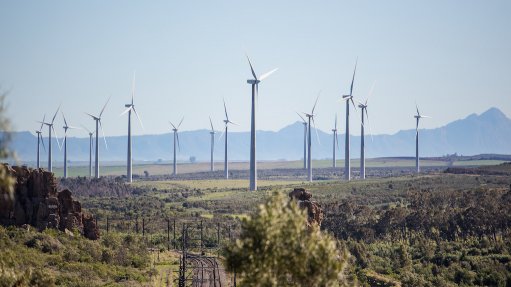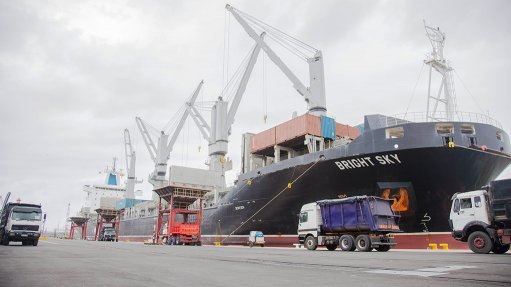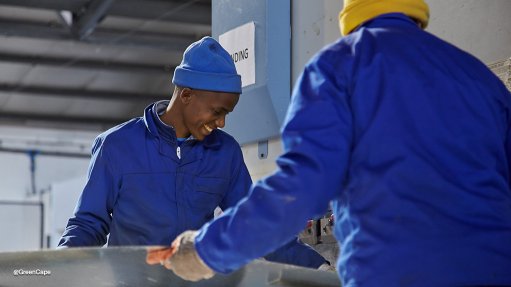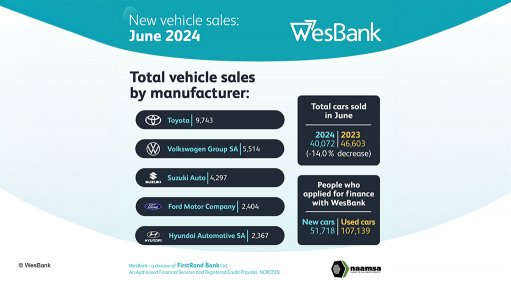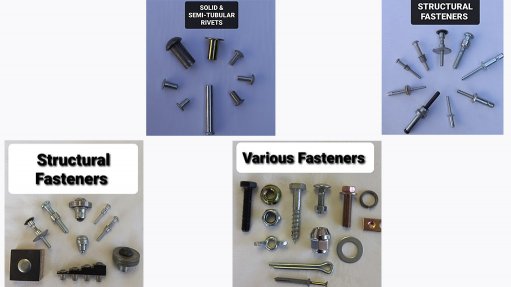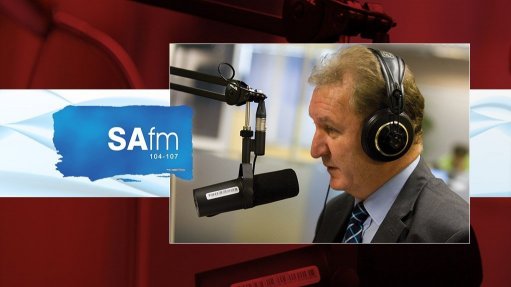World atomic body reviewing plan to discharge treated Fukushima water into the sea
A task force of International Atomic Energy Agency (IAEA) and other international experts visited Japan last week to gather information and collect water samples, in order to be able to draw up an independent review of Japan’s plan to discharge into the sea treated water from the Fukushima Daiichi nuclear power plant (NPP). This NPP was wrecked by a tsunami, triggered by a huge (magnitude 9.0) undersea earthquake, in 2011. While the plant’s six reactors all automatically shut down when their systems detected the earthquake, and their emergency diesel generators (needed to keep coolant circulating inside the reactors) did activate as designed, the tsunami overwhelmed the NPP’s flood defences and flooded and knocked out three of the diesel generator plants, causing those three reactors to massively overheat and their cores to melt down.
The IAEA task force was created last year, and will undertake an independent review of the Japanese plan, at the request of the Japanese government. The task force is composed of IAEA personnel and of eleven internationally-recognised and independent experts from Argentina, Australia, Canada, China, France, the Marshall Islands, the Republic of (South) Korea, the Russian Federation, the UK, the US and Vietnam. The water samples that were collected will be analysed in IAEA laboratories in Argentina and Mexico.
The water has been used to cool the melted nuclear fuel at Fukushima. It is then passed through a treatment process known as the Advanced Liquid Processing System (ALPS), which removes all but one of the radioactive contaminants in the water – the sole exception being tritium, a radioactive isotope of hydrogen. Tritium, however, has a half-life of only 12.5 years. After going through the ALPS, the treated water is stored in tanks at Fukushima. There are some 1 000 of these tanks, with a total capacity of about 1.37-million cubic metres; but they now contain more than 1.25-million cubic metres and are expected to be completely full by the middle of this year.
Hence the plan to release the treated water into the sea, through a special, kilometre-long, tunnel under the sea. Japan wishes to start doing this during the first half of next year, but the discharge rate will be low and the process could take decades to be completed. The plan, however, has caused some anxiety in other countries in the region, hence Japan’s request to the IAEA for a task force of international experts to carry out an independent review into the plan.
“The mission allowed the task force to gain a much better understanding of Japan’s plans and activities related to the water discharge,” pointed out IAEA deputy director-general and Nuclear Safety and Security Department head Lydie Evrard. “This is a significant step forward in the task force’s work aimed at assessing their adherence to the IAEA safety standards which contribute to high levels of safety worldwide.”
“The task force mission was very productive,” reported IAEA Nuclear Safety and Security Department director and task force chairman Gustavo Caruso. “We received valuable information – and posed many questions – about all safety aspects of the planned water discharge in frank and open discussions, ranging from the undersea tunnel that will carry the water out to sea to the protection of workers at the site and the public at large.”
The IAEA expects that the level of tritium in the treated water discharged into the sea will be way below not only Japan’s national regulatory limits but also those of the World Health Organisation’s standards for drinking water. Its review is intended to provide the public, in Japan and elsewhere, with objective information on the issue. A report on the task force’s findings during this mission will be released within two months. The final, comprehensive, report will be released later, but before the discharge of the treated water starts.
Comments
Press Office
Announcements
What's On
Subscribe to improve your user experience...
Option 1 (equivalent of R125 a month):
Receive a weekly copy of Creamer Media's Engineering News & Mining Weekly magazine
(print copy for those in South Africa and e-magazine for those outside of South Africa)
Receive daily email newsletters
Access to full search results
Access archive of magazine back copies
Access to Projects in Progress
Access to ONE Research Report of your choice in PDF format
Option 2 (equivalent of R375 a month):
All benefits from Option 1
PLUS
Access to Creamer Media's Research Channel Africa for ALL Research Reports, in PDF format, on various industrial and mining sectors
including Electricity; Water; Energy Transition; Hydrogen; Roads, Rail and Ports; Coal; Gold; Platinum; Battery Metals; etc.
Already a subscriber?
Forgotten your password?
Receive weekly copy of Creamer Media's Engineering News & Mining Weekly magazine (print copy for those in South Africa and e-magazine for those outside of South Africa)
➕
Recieve daily email newsletters
➕
Access to full search results
➕
Access archive of magazine back copies
➕
Access to Projects in Progress
➕
Access to ONE Research Report of your choice in PDF format
RESEARCH CHANNEL AFRICA
R4500 (equivalent of R375 a month)
SUBSCRIBEAll benefits from Option 1
➕
Access to Creamer Media's Research Channel Africa for ALL Research Reports on various industrial and mining sectors, in PDF format, including on:
Electricity
➕
Water
➕
Energy Transition
➕
Hydrogen
➕
Roads, Rail and Ports
➕
Coal
➕
Gold
➕
Platinum
➕
Battery Metals
➕
etc.
Receive all benefits from Option 1 or Option 2 delivered to numerous people at your company
➕
Multiple User names and Passwords for simultaneous log-ins
➕
Intranet integration access to all in your organisation






